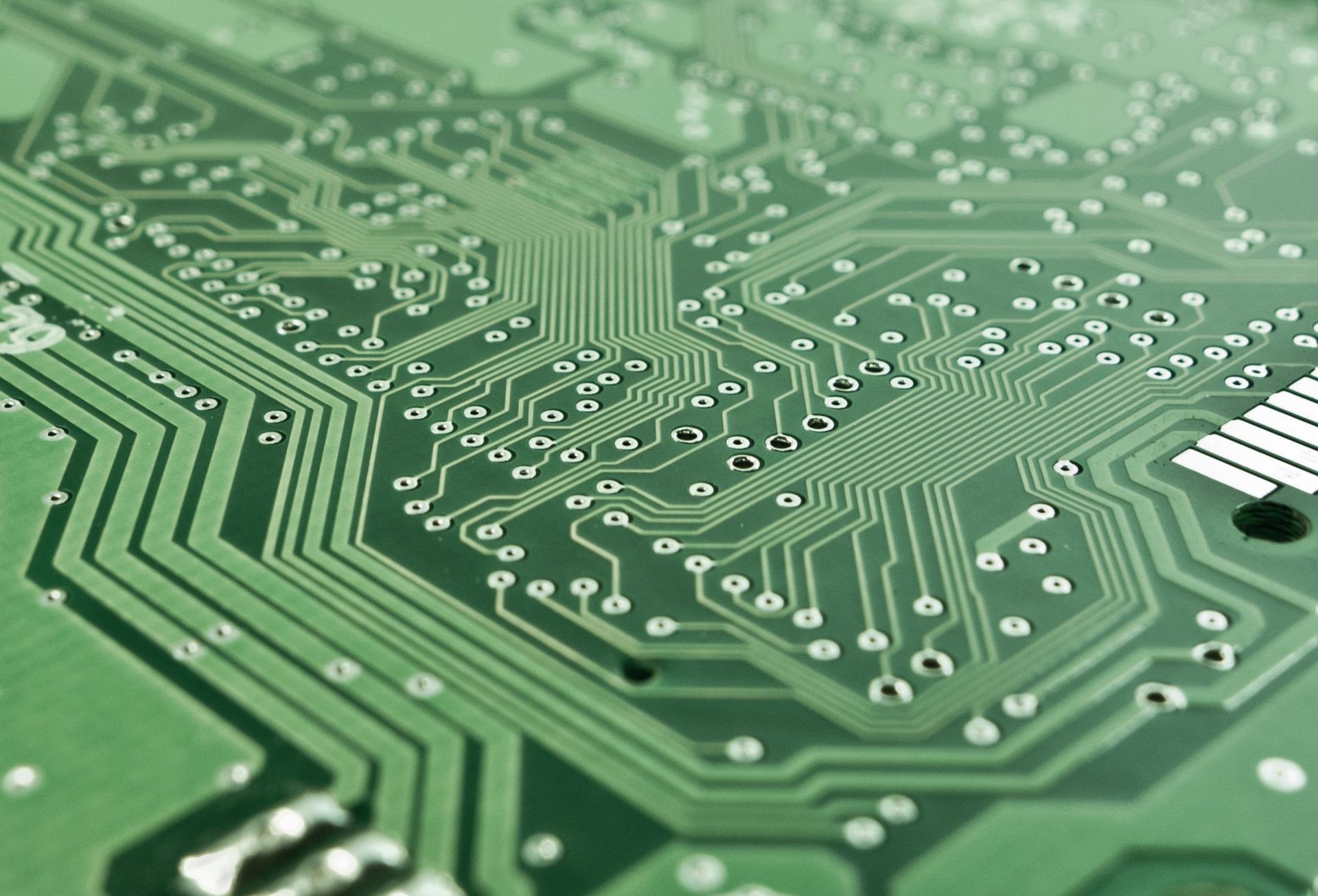
The semiconductor race is heating up globally, and recent data from the ETO Research Almanac provides a clear view of the leaders in chip design and fabrication research. The data, covering English-language publications from 2018 to 2023, shows China dominating the field with an overwhelming 160,852 research articles — more than double that of the United States, which secured second place with 71,688 publications.
Key Highlights:
- China leads with 160,852 articles.
- United States follows with 71,688 articles.
- India holds the third position with 39,709 publications.
- Traditional tech powerhouses like Japan (30,401) and South Korea (28,345) also feature prominently.
- Germany, UK, France, and Russia round out the top nine.
This surge in Chinese research activity underscores the country’s aggressive push towards technological self-reliance, especially in critical sectors like semiconductors. Meanwhile, India's rise to third place highlights its growing emphasis on microelectronics and hardware innovation.
Countries like Japan and South Korea continue to leverage their deep-rooted semiconductor industries, while European nations like Germany, the UK, and France remain strong contributors despite facing growing competition.
The ranking reflects not only the number of articles published but also hints at the overall momentum and investment each country is making towards securing a foothold in the future of microelectronics.
Where Are Chips Used?
- Semiconductor chips, often called the "brains" of modern electronics, are essential to nearly every sector of today’s economy. Their applications include:
- Smartphones and Computers: Chips power everything from mobile phones to high-performance laptops.
- Automobiles: Modern cars use hundreds of chips for engine control, navigation, entertainment, and advanced driver-assistance systems (ADAS).
- Medical Devices: Life-saving equipment like MRI machines, pacemakers, and remote diagnostic tools rely on advanced chips.
- Telecommunications: Chips are fundamental to 5G networks, satellites, and internet infrastructure.
- Artificial Intelligence (AI) and Robotics: AI models and robots depend on specialized chips (like GPUs and AI accelerators) for real-time processing and decision-making.
- Defense and Aerospace: Chips are critical for radar systems, aircraft navigation, cybersecurity, and missile guidance.
- Industrial Automation: Factories use chips in robotic arms, smart sensors, and control systems for Industry 4.0.
- Consumer Electronics: From smart TVs to gaming consoles and wearable devices, chips are at the core.
Without semiconductor innovation, many of today’s technological conveniences — and future advancements — would simply not be possible.




